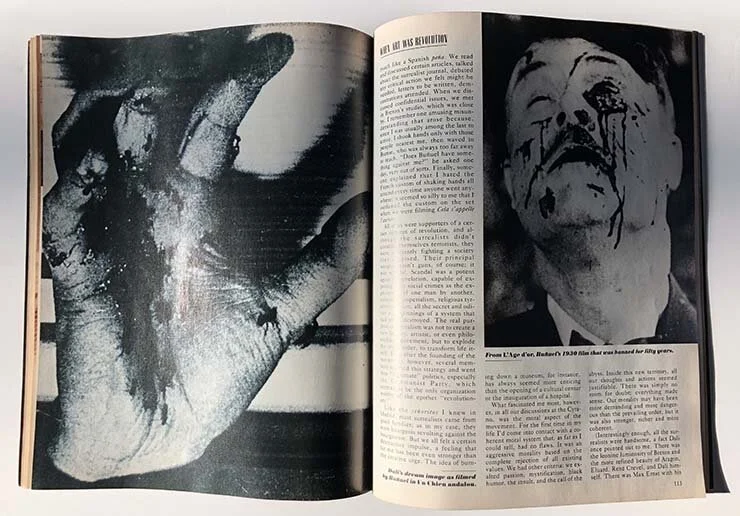#RIP: ART CRITIC & CURATOR, BARBARA ROSE (+ A PERSONAL REMEMBRANCE)
Barbara Rose, a majorly influential art critic and curator, has died.
Rose had been suffering from cancer.
Her defining piece of writing is ABC Art, appeared in a 1965 issue of Art in America. In it she tries pinpoint a new artistic trend.
Identifying a push toward coldness and irony, Rose wrote,
“If, on seeing some of the new paintings, sculptures, dances or films, you are bored, probably you were intended to be. Boring the public is one way of testing its commitment.”
Some have claimed that Rose’s essay helped usher in Minimalism, the style now associated most closely with Judd, Dan Flavin, Richard Serra, Carl Andre, and others.
Rose told Artforum in 2016,
“The only thing anybody knows about me is that I wrote that article with the title I didn’t give it, which was ‘ABC Art,’ and then everybody insisted that I invented Minimal art.
Well, that is seriously wrong. I don’t invent art movements. I just notice coincidences, and those coincidences began to make sense to me as a worldview, which the Germans call weltanschauung.”
Barbara Rose was born in 1936 in Washington, D.C. She attended Smith College for her undergraduate degree and later received a Ph.D. in art history from Columbia University.
She was married several times, once to artist Frank Stella in 1961. She divorced in 1969.
According to Artnews,
At one point in her career, Rose’s ambitions took her into the museum world. In 1981, she was appointed curator of exhibitions and collections and the Museum of Fine Arts Houston. Her time in that role came with a few lauded shows,
Another notable show was one devoted to a so-called Houston School of rising Texan painters; that exhibition went to the P.S. 1 in Queens, New York, as well. But her position at the MFA was not without controversy.
Enter this young man, yours truly, into New York publishing in the early 80s. At the age of 21, having come from Texas as the art director of art scion Francois deMenil‘s Houston City Magazine, I found myself at Vanity Fair (via Vogue) just as it was relaunched in 1983.
I was a designer in the art department and Alexander Liberman took a great interest in the magazine’s content, as he had at Vogue, as the editorial director of Condé Nast. On the weekends, he was an artist, one of note, not just the weekend kind.
Under the editorship of Leo Lerman, the bent of Vanity Fair, before Tina Brown brought in celebrity as the focus, was the arts. (Philip Roth didn’t exactly break newsstand sales records.)
Luis Buneul’s new autobiography, My Last Sign was being excerpted and the photo dept. had called in virtually every major surrealist piece of art that was to be had. If there are 20 images in the story, they were culled from 300+…)
Mr. Liberman would come to the art department and it was my job to assist him designing layouts by having at the ready black and white photostats of all of the said artwork, from 2 x 3″ up to a double page spread. These layouts were really collages with text headlines and captions dummied in.
Barbara Rose was there as well. She was to write the introduction to the article featuring Bunuel’s book. There were several layout sessions that went on for hours with Liberman and Rose bantering back and forth with art history short-hand asides about what art to include, and exclude, with anecdotes and juicy gossip about all those involved. (The surrealists were an incestuous bunch.)
And I was witness (and participant) in this master class of surrealist art history. To see and hear these two, politely, sometimes heatedly, go back and forth was thrilling. I cannot recall specifically what was said, as I was trying to keep up and put my fingers on any asked for image and makes notes of what was missing.
I used to be asked where I went to school. Then, and now, I answer,
“I went to Condé Nast.”
What an education. And I got paid (not much) but I didn’t go into debt.
In 2018, Rose appeared in the HBO documentary The Price of Everything, In it she says of the art market’s rapid ascent over the past half-century,
“It’s sick.”
What would the surrealists have said?
Barbara Rose was 84.
(via ArtNews)






